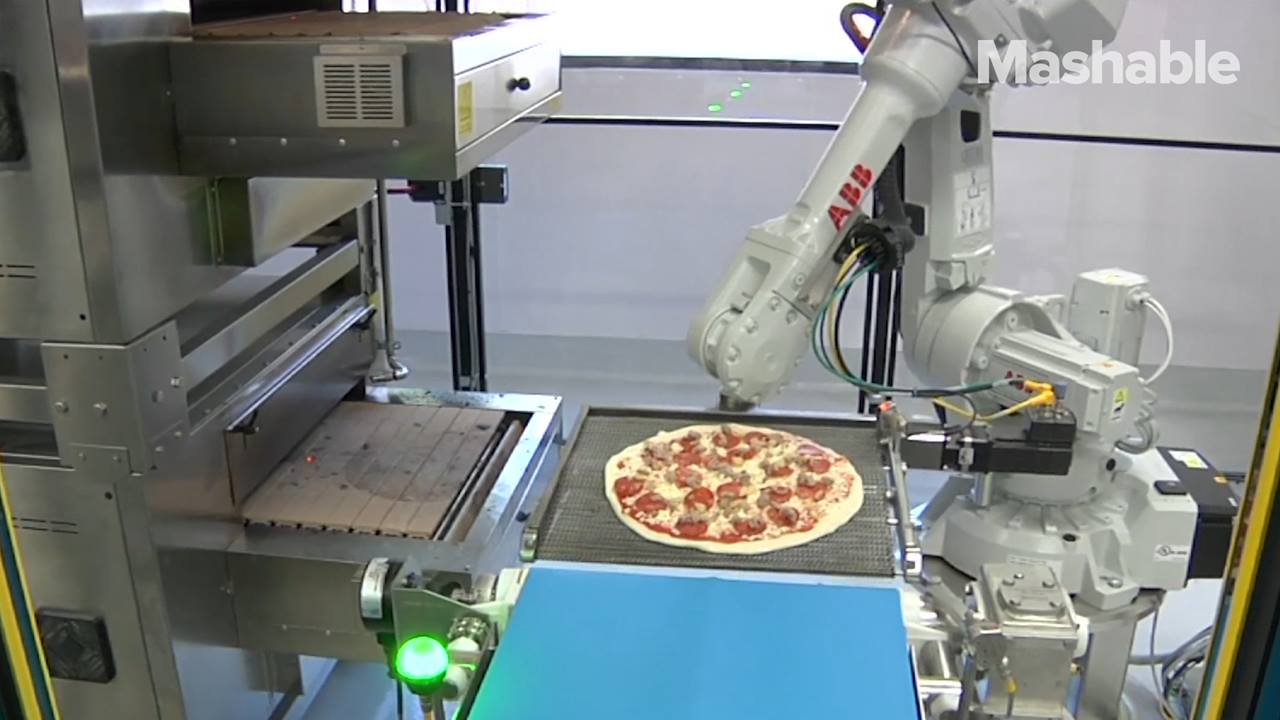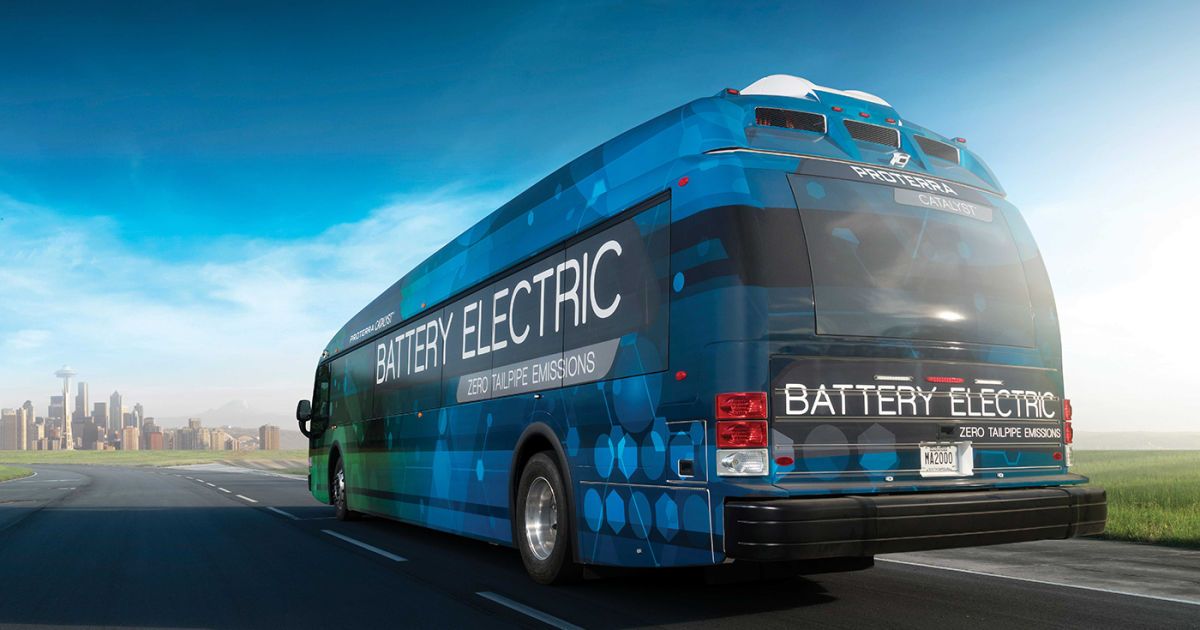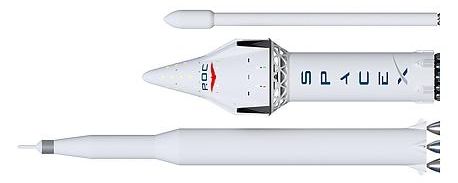Page 11221
Sep 14, 2016
Synopsis: Spotting Dark Matter with Supermaterials
Posted by Andreas Matt in categories: cosmology, particle physics
Superconducting aluminum or superfluid helium could be used to detect superlight dark matter particles.
Dark matter searches repeatedly draw a blank. One possible reason for the failure may be dark matter’s mass: Despite increased sensitivity, current detectors cannot spot the particles that make up this elusive matter if the particles are extremely light. Now Kathryn Zurek from the Lawrence Berkeley National Laboratory, California, and colleagues have come up with two new ideas for making detectors that should be capable of spotting such superlight particles.
In broad strokes, dark matter detectors are designed to operate as follows: Incoming dark matter particles strike the detector, gently nudging nearby atomic nuclei or electrons in the material from which the detector is made. These rare nudges generate small amounts of energy in the form of light or heat, which the detector registers. But the ability to detect particles of a certain mass depends on the properties of the detector material, such as the mass of its nuclei. Current detectors, made from semiconducting materials or liquid xenon, are sensitive only to particles heavier than about 10 million electronvolts.
Sep 14, 2016
Microfabrica’s Tiny Revolution
Posted by Klaus Baldauf in categories: biotech/medical, computing, engineering
I’m amazed no one has done this before, and there’s only one company doing it now. Microfabrica, based in Van Nuys, California, has perfected the technique of mass producing mechanical devices using the same electrodeposition technology used to make computer chips.
“We are the only high-volume production additive manufacturing platform in the market,” Microfabrica CEO Eric Miller tells me. “We use engineering grade metals to make commercially robust parts, and we’re focused on another end of the spectrum from where a lot of the 3D companies are focused, and that’s at the micro scale.”
The resulting devices are vanishingly small, and exquisitely made. How small? The company makes biopsy forceps less than a millimeter in diameter for a medical device company and timing mechanisms (i.e., clocks) that are less than half a centimeter across for a defense contractor, as well many other very small devices and precision parts.
Sep 14, 2016
Proterra’s electric bus can travel 350 miles before recharging
Posted by Shailesh Prasad in categories: energy, government, transportation
A startup called Proterra has been working on electric buses for years, and its latest model has a pretty impressive range. Its Catalyst E2 Series buses can drive up to 350 miles on a single charge, which means it can go a quite a bit further than Tesla’s top-tier Model S that already boasts a 300-plus-mile range. The vehicle can also outlast its predecessor that can only go for 258 miles. As Wired notes, electric buses might even be better than cars, since they don’t need a huge network of charging stations. They drive a set route, so cities can simply install some where they’re bound to pass — the E2 might not even need to recharge until the end of the day. Further, not everyone can afford an electric vehicle, but most people can afford to ride a bus.
The Catalyst E2 Series buses are powered by two gargantuan batteries the size of mattresses that can store up to 660 kWh. Its lightweight frame, along with its regenerative braking system, also helps it achieve that impressive range. The only thing that might hold cities and companies back from purchasing E2 is that one will set them back $799,000, over twice the amount of a typical diesel bus. Proterra is probably hoping that government subsidies, coupled with the fuel and maintenance savings they’ll get, can convince them to buy the vehicle. If you’re in Los Angeles, you might be able to ride one of the first E2 buses scheduled to hit the road in 2017.
Sep 14, 2016
Welcome to the Era of the Computer-Generated Human
Posted by Shailesh Prasad in categories: computing, education
Saya is a computer-generated school girl created by Japanese artists Teruyuki Ishikawa and Yuka Ishikawa. She looks so detailed that she has broken past the uncanny valley, and she could herald a new era in CGI.
Japanese artists Teruyuki Ishikawa & Yuka Ishikawa (a.k.a Telyuka) have given birth to Saya, and she’s remarkable. But despite how realistic she may look, she’s not real. Rather, she’s a computer-generated rendition of a school girl.
Telkuya started the Saya project in 2015, and they have been working to constantly improve her—make her more detailed and more life-like.
Sep 14, 2016
This Company’s Business is Opening Up Government Data — By Paul Bennett | Techonomy
Posted by Odette Bohr Dienel in categories: big data, governance, government
“What do Boston, Mass., and Barcelona, Spain have in common with consumer internet platforms like Yelp and Zillow? They’re taking advantage of a growing open-data trend.”
Sep 14, 2016
Behind the wheel of Uber’s first self-driving car — The Verge
Posted by Odette Bohr Dienel in categories: robotics/AI, transportation
Tag: Uber
Sep 14, 2016
8 Takes on the Rise of AI and Its Implications
Posted by Elmar Arunov in categories: computing, information science, robotics/AI
In recent years, it’s been exciting watching advances in AI like IBM’s Watson smashing humans at Jeopardy and Google’s AlphaGo AI beating champions at the game of Go a decade earlier than expected. But the sophisticated algorithms under the hood are really the stars of the show.
These powerful computing systems are fundamentally changing industries and automating a growing number of day-to-day tasks. At the same time, AI still isn’t perfect, and we’ve seen hints of its potential dark side. Our algorithms are only as good as the data we feed them. And there’s been a spirited debate about existential dangers down the road.
Here’s a look into some of the topics leading the dialogue as AI technology evolves into its next generation.
Continue reading “8 Takes on the Rise of AI and Its Implications” »

















